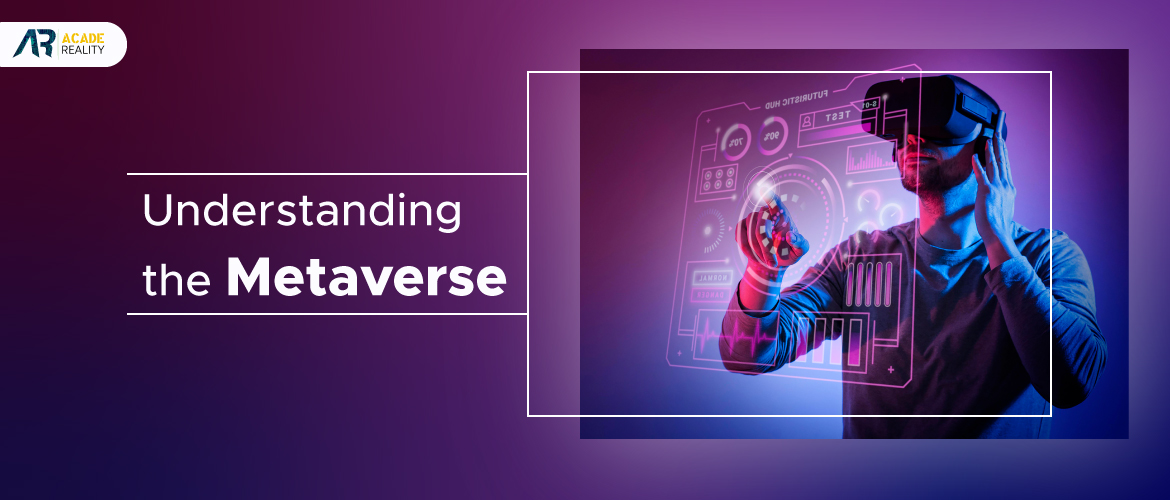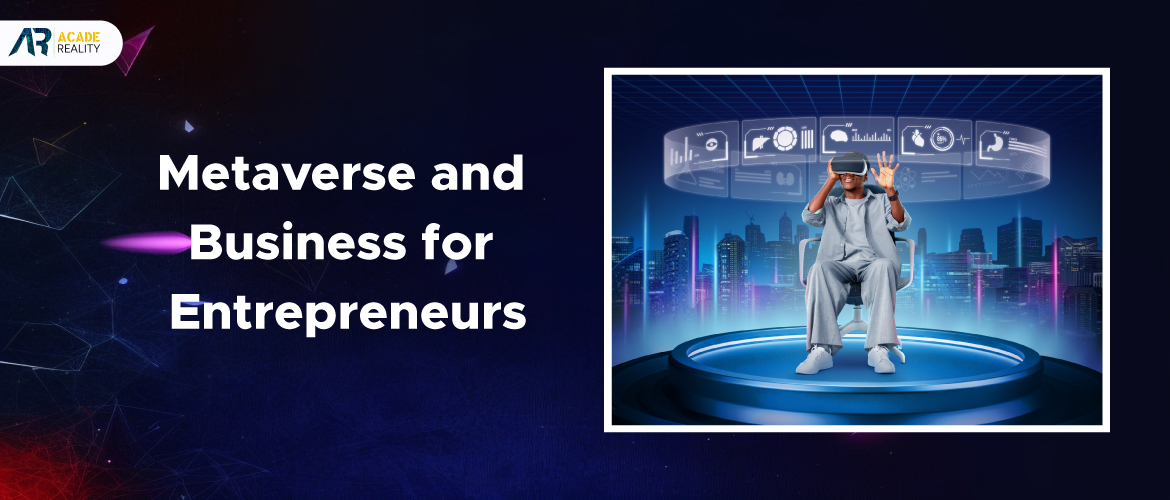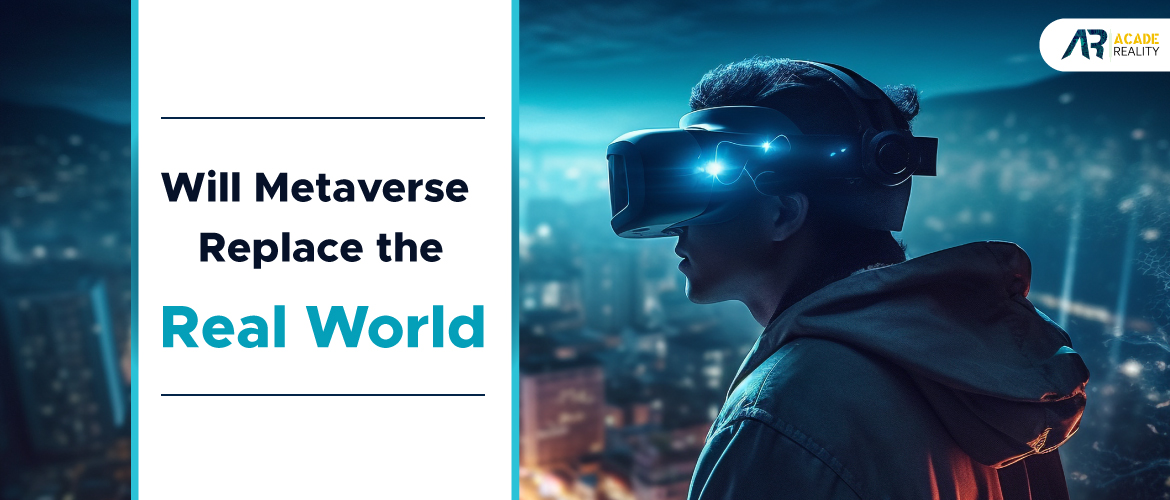Understanding the Metaverse: A Beginner's Guide

Introduction
In recent years, the term "Metaverse" has achieved significant attention in the tech world, and it's quickly becoming a buzzword in popular culture. This virtual realm promises to revolutionize the way we interact with digital spaces and each other. If you're new to the concept, don't worry - this guide to the Metaverse will provide you with a comprehensive Metaverse overview and explanation of what it is, how it works, and the various services it offers.
What is Metaverse?
Metaverse, (primarily used as a virtual environment for communication and interaction), is a complex concept with a rich history. It's often described as a collective, virtual, communicated space where users can interact with each other, digital objects, and even the environment itself. The idea of the Metaverse has been explored in science fiction literature and pop culture for decades, but it's now becoming a reality due to advancements in technology.
A Brief History
Neal Stephenson popularized the concept of the Metaverse in his 1992 science fiction novel "Snow Crash." In the book, Stephenson introduced the idea of a virtual world where people could escape from the constraints of the physical world. Since then, many visionaries, entrepreneurs, and tech companies have been working towards making this concept a reality.
In recent years, the Metaverse has gained significant traction thanks to companies like Meta (formerly Facebook), who have invested heavily in developing the infrastructure required for a shared virtual space. Additional tech giants, such as Google, Microsoft, and Epic Games, are also actively exploring this space.
Key Elements of the Metaverse
The Metaverse comprises several key elements that make it unique and intriguing:
1. Virtual Worlds:
These are digital environments that can range from realistic simulations to entirely fantastical realms. Users can examine and interact with these worlds using avatars or digital representations of themselves.
2. User Interaction:
Interactions in the Metaverse can include communication, socialization, collaboration, gaming, and commerce. Users can chat, trade, and engage in various activities with one another.
3. Digital Economy:
Within the Metaverse, a digital economy exists where users can create, buy, and sell virtual assets, services, and even real estate. Cryptocurrencies and non-fungible tokens (NFTs) play a significant role in this economy.
4. Augmented Reality (AR) and Virtual Reality (VR):
AR and VR technologies are instrumental in creating immersive Metaverse experiences. They allow users to experience the virtual world in three dimensions, enhancing the sense of presence and immersion.
Metaverse Explanation
To provide a more in-depth Metaverse explanation, let's break down some of its core components and how they function:
1. Virtual Worlds:
Virtual worlds are the building blocks of the Metaverse. They can be created and designed to mimic real-life settings or be entirely unbelievable. Users access these worlds through their digital avatars, which represent them in the virtual space. Avatars can be customized to the user's preferences, allowing for self-expression and personalization.
These virtual worlds are typically persistent, meaning they exist 24/7 and are continuously evolving. Some well-known examples of virtual worlds within the Metaverse include Decentraland, Roblox, and Second Life.
2. User Interaction:
User interaction is at the heart of the Metaverse. It's what differentiates it from other forms of digital content or social media. In the Metaverse, users can convey with each other using text, voice, or even gestures through their avatars. They can attend virtual events, collaborate on projects, explore together, or hang out in digital spaces.
One of the key features of user interaction in the Metaverse is the sense of presence. It's designed to make you feel like you're really there, even though you're interacting through a digital representation. This is where AR and VR technologies play a significant role, as they create a more immersive experience.
3. Digital Economy:
The Metaverse has its economy driven by digital assets and services. Users can buy, sell, and trade virtual interests, ranging from clothing and accessories for their avatars to virtual real estate. Cryptocurrencies and NFTs are commonly used for these transactions, providing users with ownership and unique value for their digital assets.
For example, you can own a piece of virtual land in a virtual world, build on it, and even generate income from the activities that take place there. This virtual economy has real-world implications, as some users have made substantial profits from their virtual investments.
4. Augmented Reality (AR) and Virtual Reality (VR):
AR and VR technologies are fundamental to the Metaverse, as they enable a more immersive and interactive experience. Augmented reality combines the virtual world with the physical world, allowing you to interact with digital objects or information in your surroundings. Virtual reality, on the other hand, immerses you entirely in the virtual world, shutting out the physical environment.
Both AR and VR can be used to access the Metaverse, depending on the platform and your preferences. Whether you're exploring a virtual art gallery, attending a virtual concert, or collaborating with colleagues in a virtual office, these technologies enhance the sense of presence and make the Metaverse a truly unique experience.
Metaverse Services
The Metaverse offers a wide range of services and experiences to its users. Here are some of the primary Metaverse services you can explore:
1. Socialization:
The Metaverse is a social space at its core. Users can connect with friends, family, and even strangers from all over the world. Whether you want to catch up with friends in a virtual coffee shop, attend a digital party, or join a support group, the Metaverse offers various ways to socialize.
2. Gaming:
Gaming is a significant part of the Metaverse, with virtual worlds designed explicitly for gaming experiences. From massively multiplayer online games (MMOs) to simple casual games, you can play, compete, and collaborate with other gamers. The concept of esports is also growing within the Metaverse, with professional players and competitive events.
3. Education and Training:
The Metaverse is not limited to entertainment; it also serves as a valuable tool for education and training. Virtual classrooms, workshops, and training simulations offer an immersive learning experience. This can be especially useful for skill development, professional training, and even remote education.
4. Commerce:
As mentioned earlier, the digital economy in the Metaverse is thriving. Users can buy virtual goods, services, and even real estate. Businesses are also exploring the Metaverse as a new frontier for e-commerce. Virtual stores, marketplaces, and unique shopping experiences are emerging as part of the Metaverse's commercial landscape.
5. Virtual Events:
The Metaverse is an ideal platform for hosting and attending events. Whether it's a music concert, art exhibition, or business conference, you can participate from the comfort of your own home. Virtual events can attract a global audience and offer unique opportunities for networking and engagement.
6. Work and Collaboration:
In an era of remote work, the Metaverse provides a space for professionals to collaborate and conduct business. Virtual offices, co-working spaces, and collaborative tools make remote work more engaging and productive.
7. Creative Expression:
The Metaverse encourages creativity and self-expression. Users can create and showcase their art, music, and other forms of content. Virtual galleries, music venues, and art installations provide platforms for artists and creators to share their work with a global audience.
Conclusion
The Metaverse is a rapidly growing concept that holds immense potential to reshape the way we interact with digital spaces and each other. With its virtual worlds, immersive interactions, digital economy, and a wide array of services, Metaverse offers a glimpse into a future where the virtual and physical worlds seamlessly blend.
As you continue to explore this exciting new frontier, remember that the Metaverse is a dynamic and evolving space. Technological advancements and innovations will
continually expand its possibilities, making it an ever-changing landscape that offers endless opportunities for creativity, connection, and growth.
Also Read: Will Metaverse Replace the Real World?
You Might Like





